Modern Boggles was always a spooky deck to match up against. I doubt Boggles ever knocked out the strongest players at tournaments or FNM's but, like Burn, a pile of quick and on-the-board damage can snatch games from the unprepared. However, Boggles struggled to find a place in Modern after the impact of MH2. While there are some mummers of the deck with the recent high-power sets being printed through Standard, Boggles has settled into a much more comfortable format… Pauper.
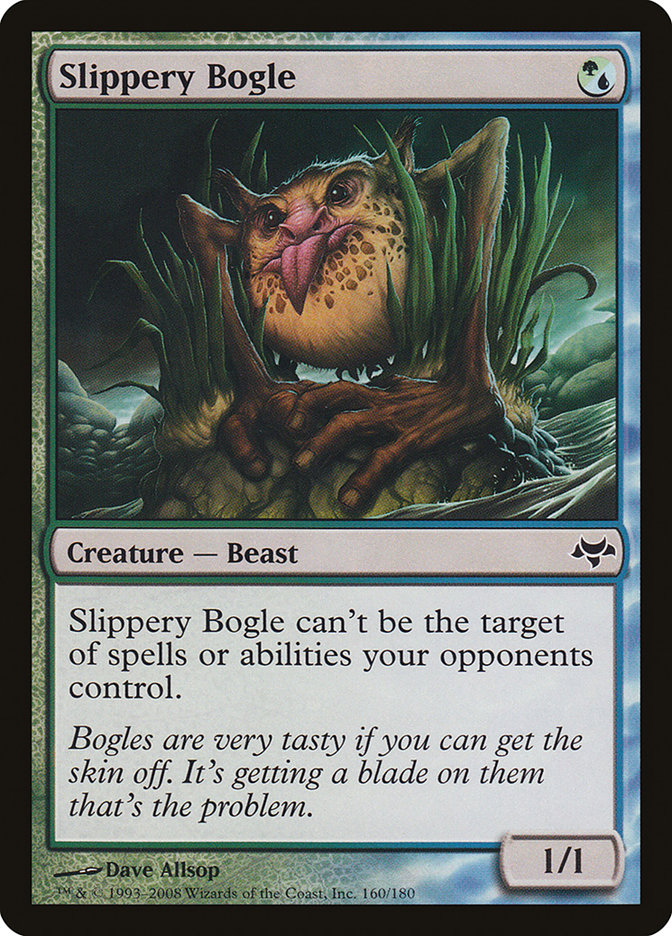
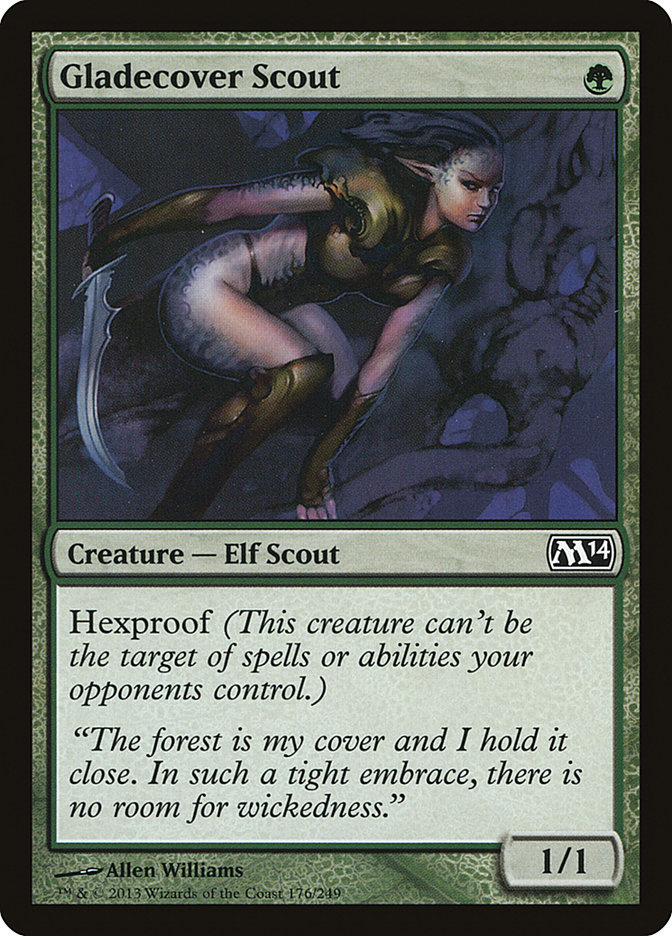
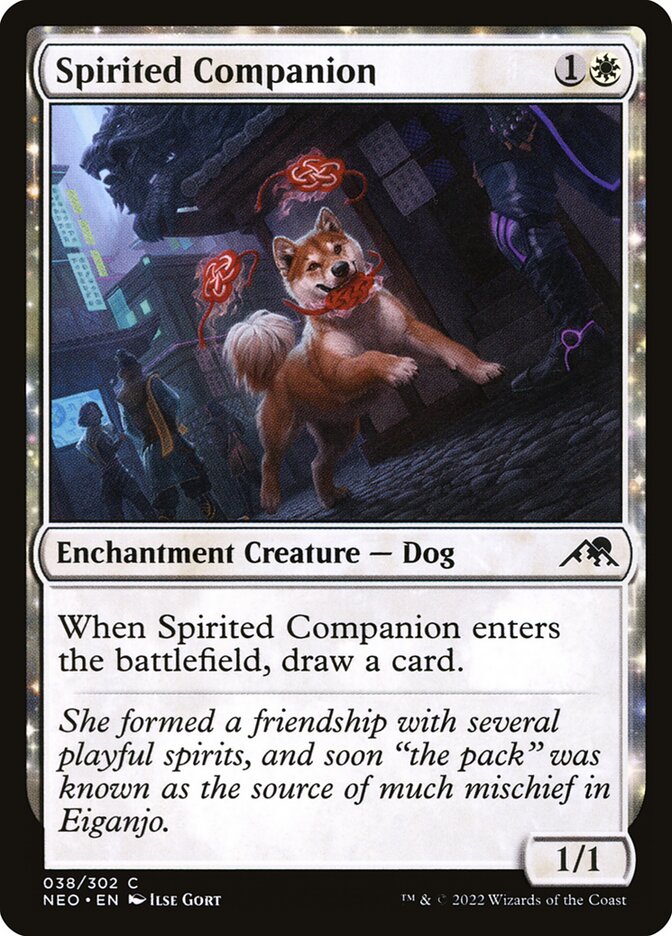
For those who haven't memorized all the Magic formats for fun, Pauper is a format that operates like Modern but the only cards legal are those that have a printing at common rarity. Even if cards have been printed at higher rarities, as long as they have been downshifted to common in an eternal-legal format, they will be legal in Pauper. Decks tend to be low-power, but high-efficiency for their cost, making Boggles perfect for the push and pull of the Pauper metagame. Boggles lists want to put down cheap, small, evasive creatures that can be empowered through auras. Sneaking in under your opponent's defenses and having built-in protection is the crux of what makes a good Boggles creature. The titular Slippery Bogle from Eventide defines what we look for in a boggle: 1 mana, hexproof, and low power and toughness. Gladecover Scout acts as a backup boggle, and most lists run some combination of Silhana Ledgewalker, Spirited Companion, and Heliod's Pilgrim. These other utility creatures are less protected than our true boggles, but they offer tempo or evasion that can be defined with the correct metagame.
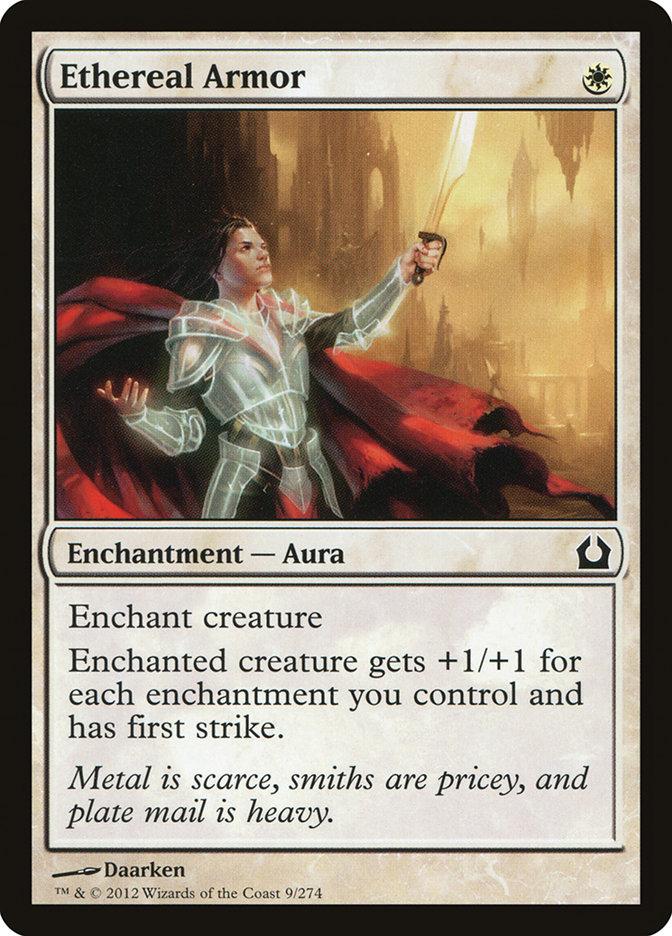
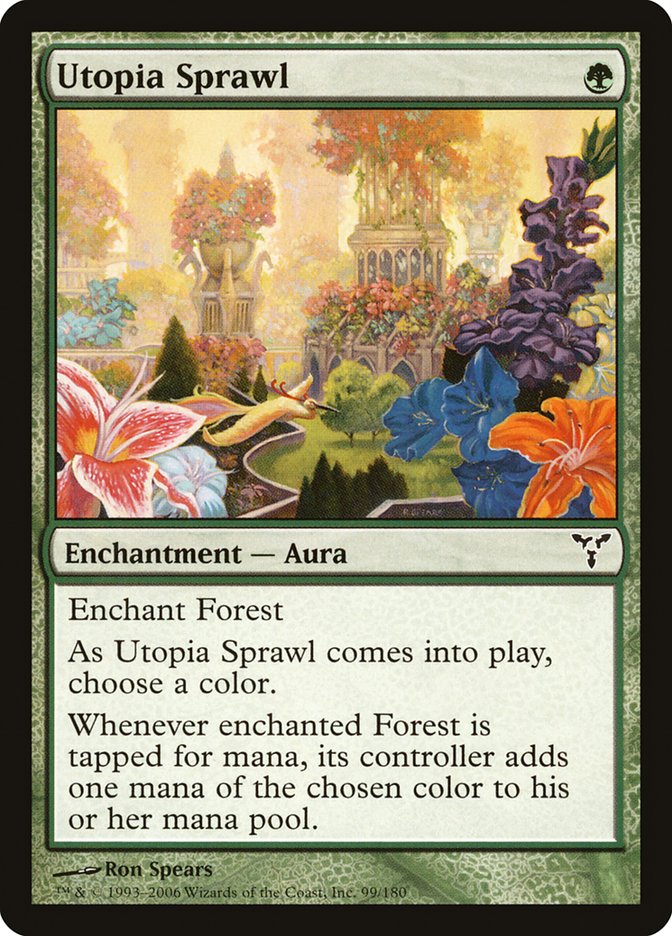
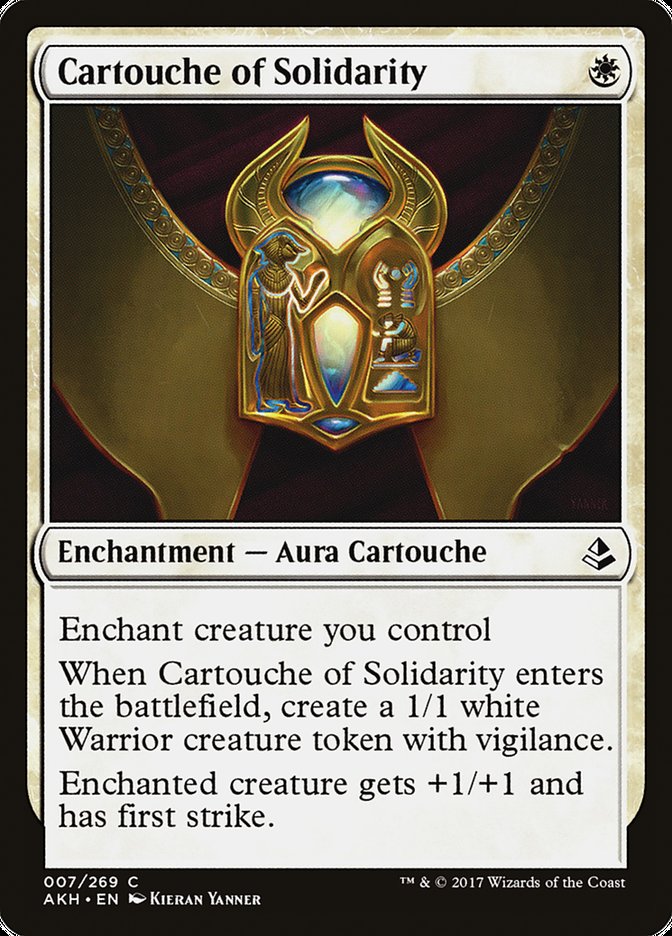
Creatures however are only one half of a boggles deck- the Auras define the archetype just a much as the beaters. Ethereal Armor and Rancor are the heavy hitters here. Rancor is a historical stomper, powerful in any draft and a monster when it was legal in standard. The power boost can do just as much as a Lightning Bolt in green, and the built-in recursion is necessary to keep the tempo on. Ethereal Armor can close out games with your other supporting auras, such as Utopia Sprawl and Abundant Growth. Cartouche of Solidarity puts first strike to keep your boggles alive, and also provides another body to develop or defend with. Ancestral Mask and Armadillo Cloak are used when matches stall out, and can bait out removal. If a creature with either of these costly 3-mana auras are allowed to untap, you'll net a huge amount of damage that few creatures in Pauper can deal with.
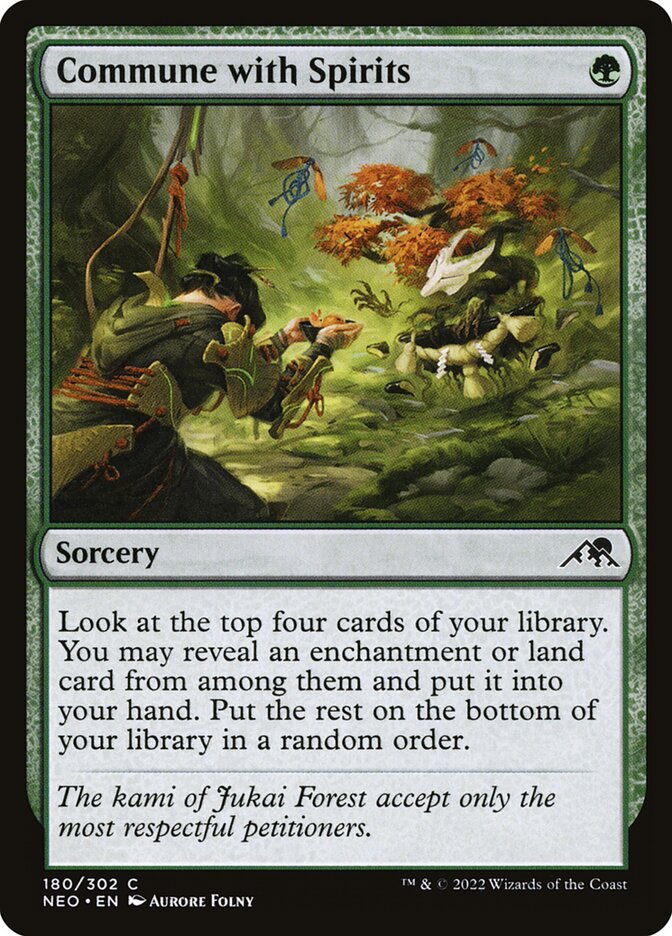
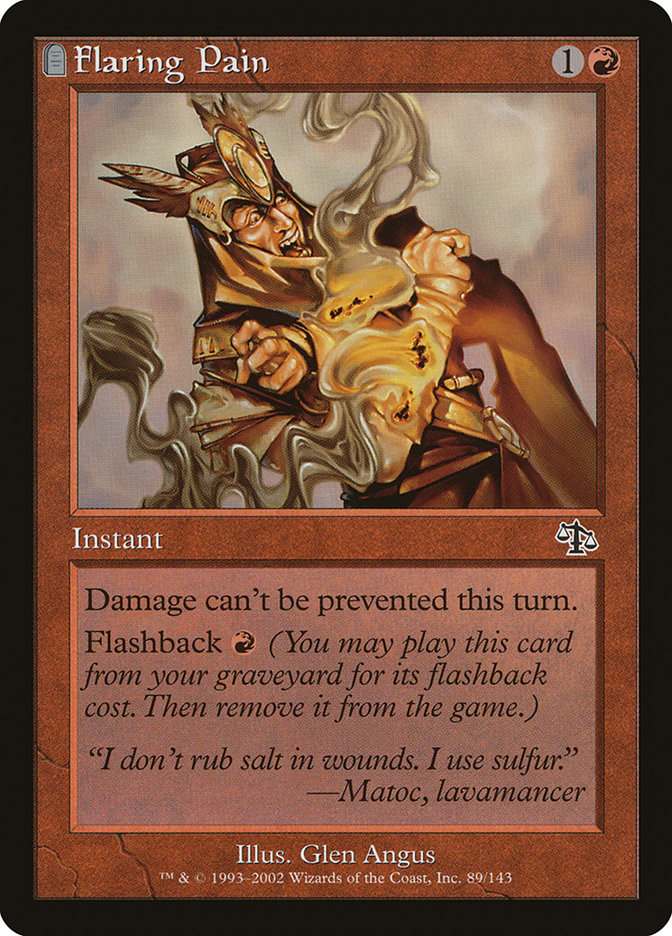
You're still going to have to contest with removal, but Commune with Spirits can refill after a key card gets removed. Spirited Companion also helps when behind, but you'll mostly be playing for an early lead. Ram Though is usually played on the mainboard to help deal with extra threats and convert a removed creature into some extra damage. In the sideboard, we're utilizing Standard Bearer to force removal of the less-protected boggles, and a collection of auras that turn on lifelink to contend with burn strategies. Against burn, cut expensive cards for your lifelinkers and against control, cut some redundant copies of your boggles to make room for Standard Bearer and Young Wolf. A staple of Pauper Boggles is one-to-two copies of Flaring Pain, to counter the format boogeyman Fog. Flaring Pain can come in over some of your utility creatures, but should only be used after a blow-out to Fog. Boggles can't suffer many dead cards with its tempo playstyle.
This is a personal decklist I used while testing the deck on MTGO. Pauper is a fun format, and I hope everyone considering playing it goes out and gives Bogles a try!










